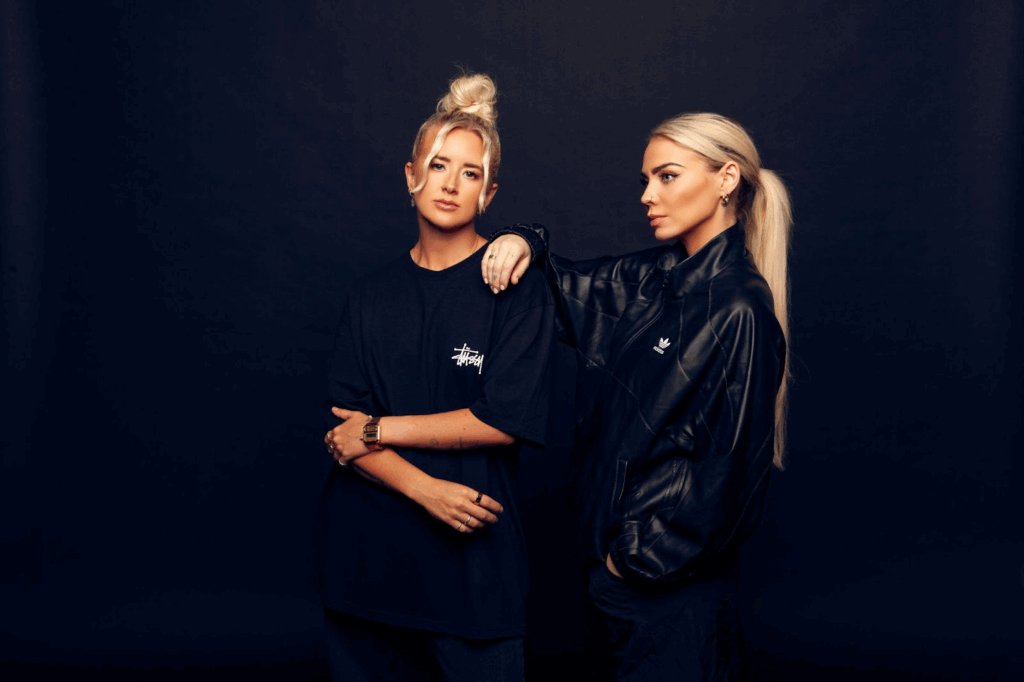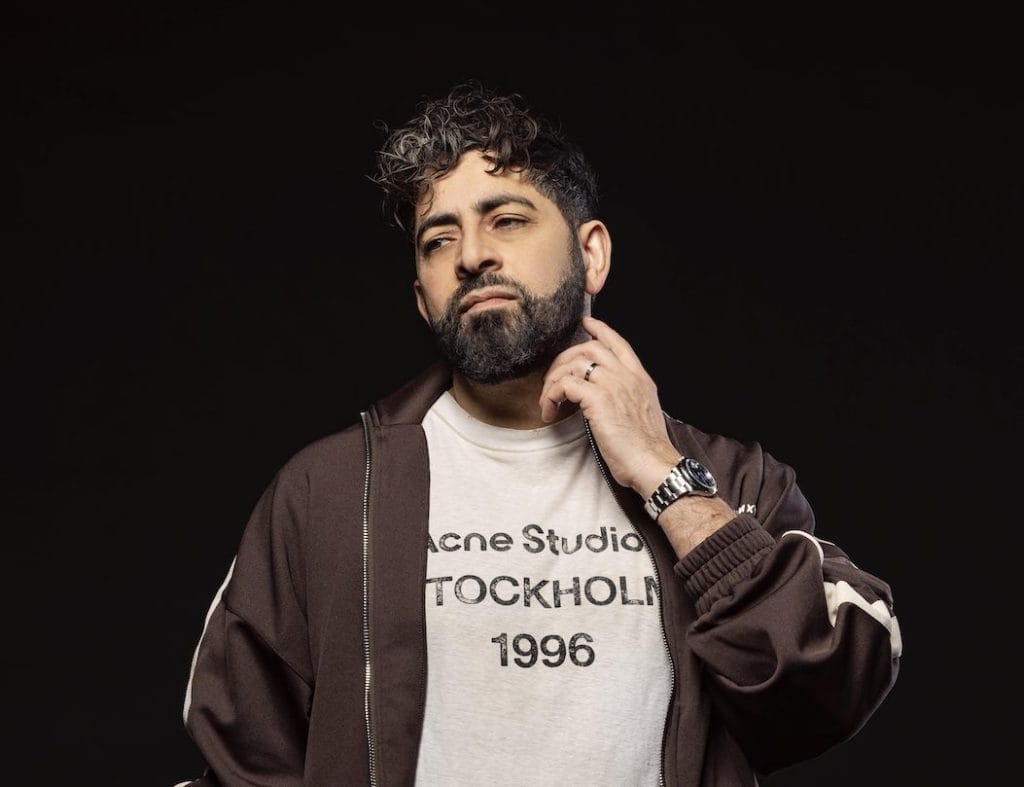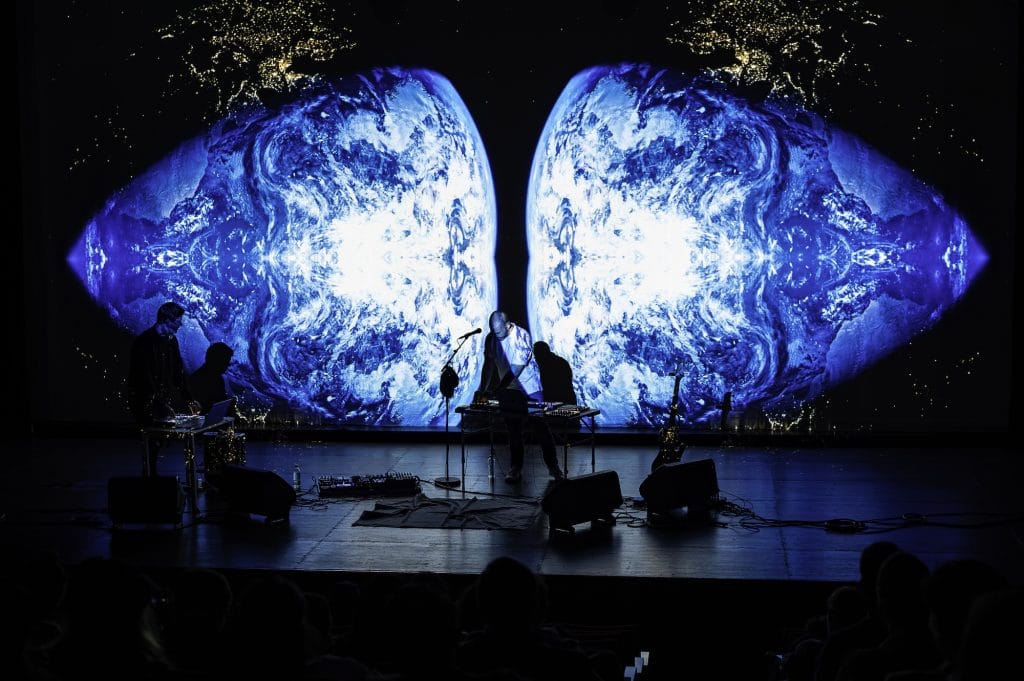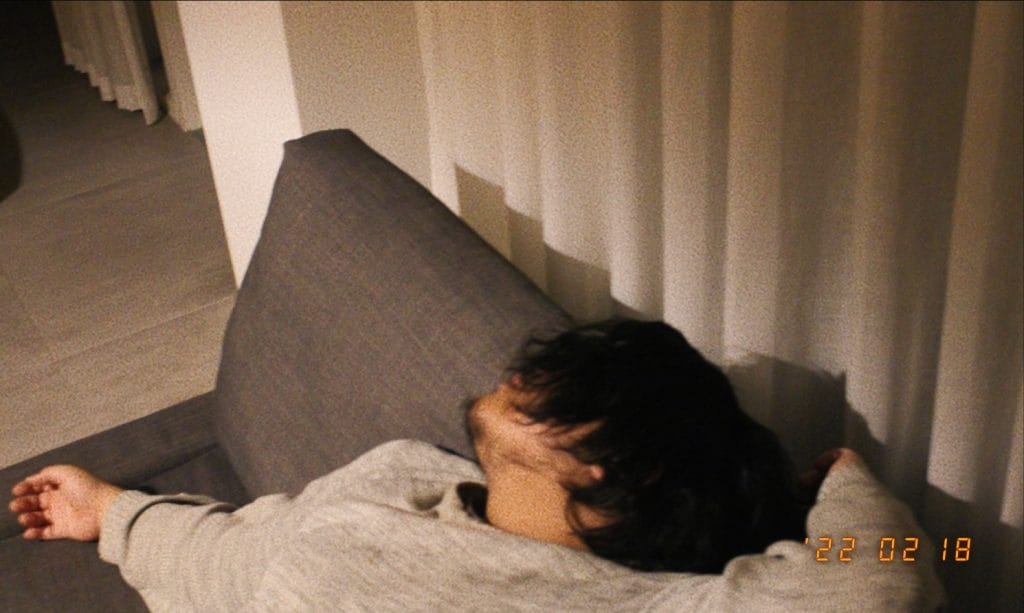We’ve seen this time and time again – artists trying to make music fueled by nostalgia and having it turn out sounding dated, cheesy, and at points cringeworthy. Successfully weaving nostalgia into modern music is an art form.
And, with that logic, a_shes is an artist in every sense of the term.
His debut album “young adult fiction“, flickers between memory and fantasy, like a grainy coming-of-age film projected in someone’s bedroom. The Malaysian-Bornean artist, now based between London and Cambridge, crafts a world of shimmering synths and diaristic lyrics that feel both deeply personal and startlingly universal. The record documents the clumsy romance of early adulthood while nodding to the Tumblr-era indie pop that first shaped his ears, with shades of Lorde, Troye Sivan, and Carly Rae Jepsen.
While the album’s sound is nostalgic at its core, it actually uses that nostalgia to highlight the friction between what was promised (i.e. a picture perfect childhood like you’d see in real young adult fiction) and what actually came. Inspirations for the record include lost adolescence due to the pandemic and adjustment to city life, and each song has this wistful, reflective feel to it. More importantly, though, this album uses nostalgia as a narrative tool whilst ensuring every track feels modern. It’s a perfect example of how to use nostalgia without falling into the dreaded trap.
We sat down with a_shes to find out just how he was able to achieve this and to see if he could provide some wisdom to anyone else currently falling into the “nostalgia trap” (hint: it involves what he calls “recycling”). Take a listen to “young adult fiction”, and read on!
“young adult fiction” feels nostalgic but never stuck in the past. How do you make sure it feels that way?
I don’t really have a clear-cut answer for this I’m afraid! When writing this record I was so worried about being derivative because I was taking so much inspiration from the music that defined my younger years. My goal was basically trying to emulate the sounds of not only my youth, but the youth of my generation as well. That comes with a lot of risks of course; people could accuse you of plagiarism, of being unoriginal, etc. I was actually surprised you guys received it the way you did, it makes me feel as though I did a good job with this album haha. You just never know how the audience would receive your music!
But I guess if I had to come up with, like, a succinct answer for how I managed to balance nostalgia and ingenuity (is that the right word?) it would be this: older sounds + relevant themes. This record is definitely one of many records written in response to the pandemic and what we were all experiencing at the time, the feeling of stagnation, of lost potential, wasted future, themes that I think very much define the quarter-life crisis most people go through in their early-twenties, but compounded by the conditions of the pandemic.
I chose to emulate older music (which isn’t even that old to be honestly, maybe slightly outdated) intentionally, to capture the yearning we all had at the time to relive the past in ways we could knowing what the present was going to be like at the time. I guess in doing that I was able to keep the music sounding fresh. It’s less about the sonics and all about the [emotional] resonance! I want to make music that feels temporally relevant to what I’m going through, and what my generation might be going through, or maybe even what the next generation might be going through. And older sounds always find their way back anyways, that’s just how the cycle of nostalgia works. So in short, I took a familiar sound and thematically updated it for modern audience.
When putting together “young adult fiction”, why did you choose to take your sound in this direction, rather than a more modern, mainstream one?
Well, as I said before, I wanted to emulate a familiar sound that speaks to a particular generation of young adults, so I had a thematic reason to pick the sound I did. But also, I was very new to making music – in fact, I had never even written a song until I started working on YAF. I didn’t even think I had it in me to write a whole record but look at where we are now!
There was a lot of trial and error when I started writing songs for this era. Many of the songs I had written at the beginning of this era did not make the cut because, well, they were early attempts at songwriting and also just not good haha. A lot of the earlier stuff just felt… inauthentic. I didn’t know what I wanted my sound to be, and I was just chasing trends at the time. So I started writing a bunch of folky, acoustic-y, cutesy bedroom pop type music because that was going viral on tiktok. Except, I don’t own a guitar, nor can I play one. And then one day I started re-listening to a lot of the stuff I consumed as a teenager in the 2010s. It was mostly downtempo, moody synth-pop that didn’t actually require instruments. I started fooling around with the VSTs on Garageband and ended up with an early demo of ‘movies & music’ which I then took to my producer to help me polish up. It was then that I knew that this was the kind of sound I could work with.
I did think about how using such an outdated sound palette could potentially hurt my chances at getting a big hit. Guitars and pop-rock was all the rage around 2020-22. But I just knew that if I chased whatever was trending at the time, and what is trending even now, it won’t be real to me or the ethos of my project. To be honest with you, I was still struggling to find my “sound” when writing this record, which make sense given that it’s my debut. I relied heavily on emulating the sounds I was familiar with instead of trying to reinvent the wheel. But we can’t all be musical revolutionaries. After all, I think the great think about art, and popular music especially, is that it’s all recycled – the great new stuff is always coming out of people doing something cool with the old stuff.

Are there certain eras, genres, or artists you pull from for inspiration, or do you try to avoid direct references?
I’d like to think I wore my references on my sleeve with this record. A lot of people were able to pinpoint the exact inspiration I took for each track, which for me means that I achieved what I set out to do! The whole point of YAF was to be a 2010s pop throwback for depressed zillenials undergoing their mandatory early-twenties quarter life crises. I want people to listen to this record and go “hey this kinda sounds like early xyz’s stuff”, because it does, and I want them to feel nostalgic for that because you’re not really going to be getting music like that anymore – times are changing quickly so hold onto the things that once brought you joy, you know?
My biggest inspiration has to be Lorde, of course; she writes music that not only speaks to, but grows up with a generation. I hope to one day make music that ages as beautifully as hers. She was also massive back in the 2010s. Not that she isn’t anymore, she just found a niche audience (including me obviously). Her earlier work defined the trends we started to see in the early 2010s, the moody, indie influenced, synthpop stuff that dominated the airwaves back then but not so much anymore.
Which of course brings me to another big inspiration of mine: Tumblr. I knew once I figured out what this record was going to be about, I wanted to sonically capture that old-school Tumblr soft grunge aesthetic which just screams coming-of-age in the 2010s. Tumblr was also *the* tastemaker of the time – all that indie/alt pop sound that so many people in my generation came to know and love originated from the culture of that website. RIP Tumblr, we will never forget you (it is still a thing, but it’s just not what it used to be). As a former Tumblr kid, I wanted to write a record that spoke to a generational youth lost in its archives as we become more and more lost in the uncertainty of our future. Sometimes all we have are the visions of the past to anchor us in the present.
When starting tracks for “young adult fiction”, what usually came first for you – the vibe, a melody, a specific sound, or something else?
This changed the further I got into writing this record. At the beginning I’d typically start with the lyrics and melody first, before then coming up with a demo on Garageband that I could take to my producers. But as time went on I started to become a better producer myself by observing how the producers I was collaborating with worked. So then for the later half of the album, I would start by putting together a demo instrumental track before then coming up with lyrics and melodies on top of that. I found that worked much better for me and that’s pretty much how I write music today.
But I always start with a concept first for each song, some kind of vibe I would try to capture sonically. I actually curated an “inspo playlist” for each track on the record almost like a vision board that I would go revisit to make sure I got the sound I wanted just right. The playlists also formed the musical foundation for each song. I actually have a background in acapella and choir music – I used to arrange music for my old uni acapella group all the time, and I was really good at writing mashups. So a lot of my songs are just pre-existing songs “frankensteined” together to create something new. Sometimes it would be chords from one song mashed together with another, the melody contour from one song laid on top of the chords of a different song, or the production style of one song combined with a few melodies spliced together from other songs. And then I would try and put my own spin on all of them with my own original lyrics and production. So yeah as I said before, the magic of popular music lies in what’s being recycled to create something new!
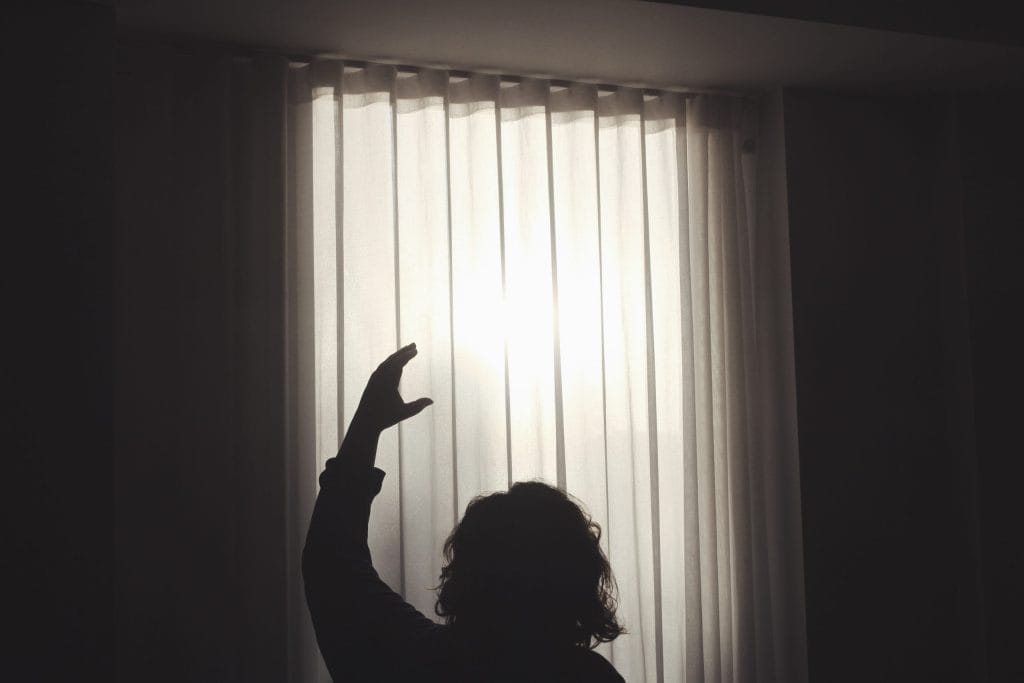
How do you keep your sound cohesive while pulling influences from different time periods?
I think it helps that I wrote all these songs so close to one another. I went into this record with a very specific sonic palette in mind and I had all my “inspo playlists” to refer back to. This record exists in a very specific sonic world and make sure it stays within it. I am also not above reusing samples and synths and VSTs from one track on another track – in fact, I think in an interview somewhere Lorde mentioned how she’s not one for needless innovation, and that if a sound is creating a particular effect on one track she’ll use it again to achieve the same effect on another. And that’s exactly what I did for this record as well.
My backing vocals were all processed the same way, wide-panned and unedited to give it that chorus-y feel you get when you have different vocal textures clashing with one another. My lead vocal was kept relatively dry in comparison to the backing vocals which were reverbed like hell. I also used a ton of reverb on my kicks and snares to evoke a dreamy, nostalgic quality (I later found out that people don’t really put reverb on kicks – whoops). In fact I think used too much reverb all over the album – listening back to YAF I kept yelling at my past self “hands off the reverb!!”
Mixing and mastering was hell, because you could imagine how muddy it all sounded, and there was just so much headspace. But I also think it added to the dream-like quality of the record, and it is quite reminiscent of my naivety as a baby producer. I guess all this to say, don’t be afraid to reuse and recycle throughout your project!
Lastly, for songwriters and producers trying to make music that nods to the past without sounding dated, what’s the most important mindset to have?
Coming into this interview, I was worried I wouldn’t have an answer to this question, but I think there is a common thread that has cropped up throughout all my answers which perfectly answers this question, so I’m going to leave you with this: the magic is in the recycling – just follow your gut, be true to what you’re feeling right now and you’ll find it!
Stream “young adult fiction” here.
The post a_shes On Not Falling Into The “Nostalgia Trap” appeared first on Magnetic Magazine.



